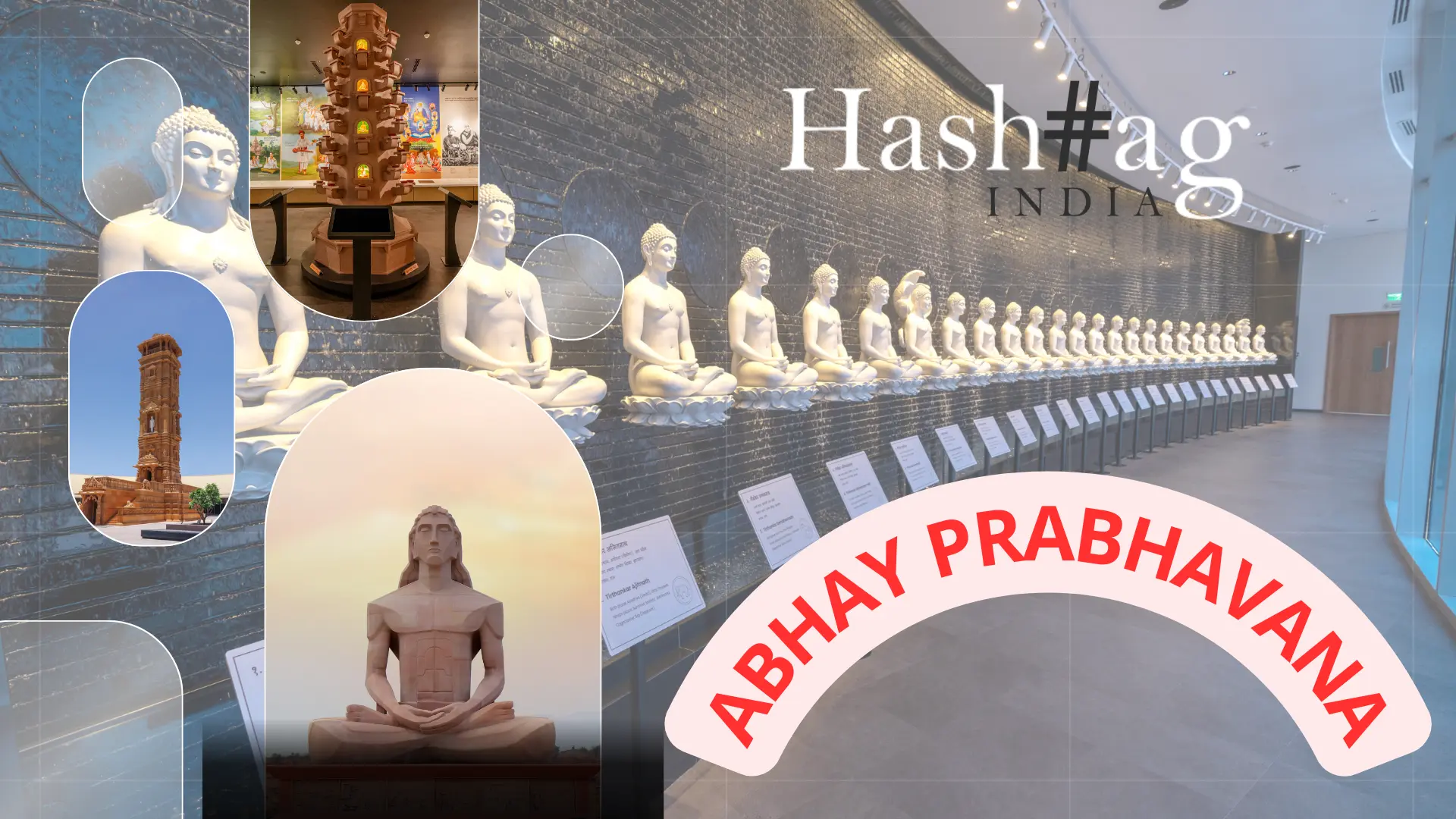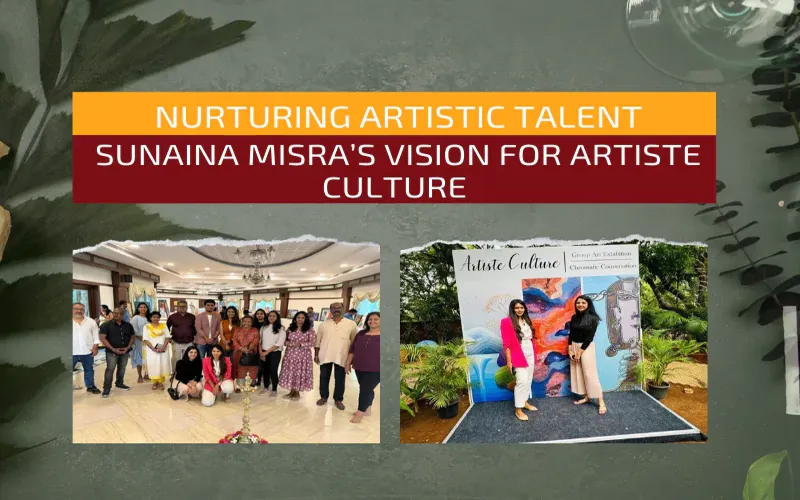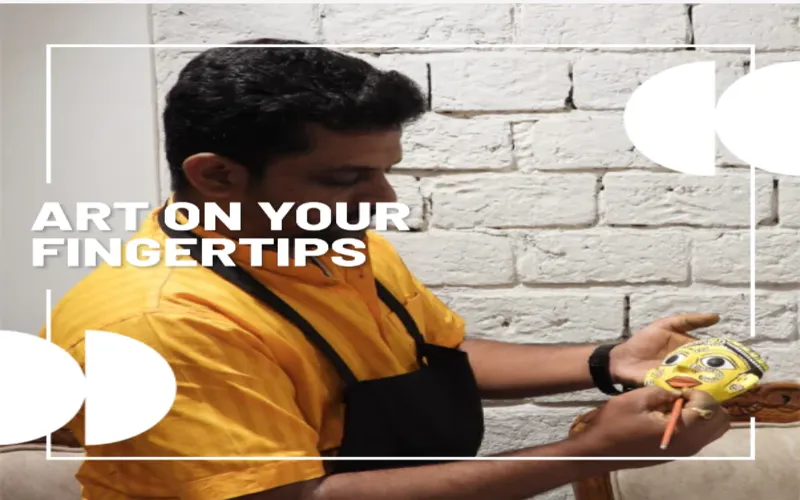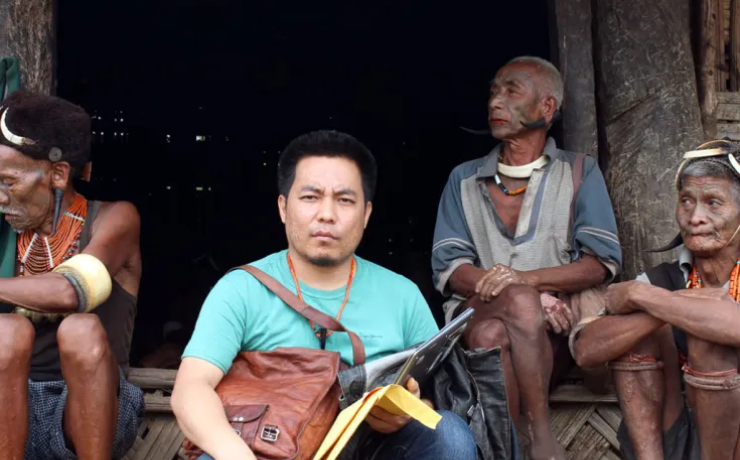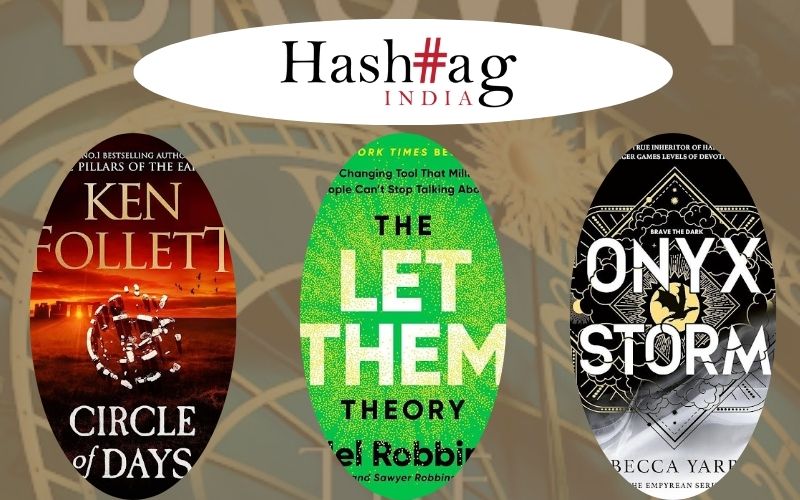A danseuse, a member from two of south India’s most prominent business families and now an actress, Sandhya Raju is hard to slot under one role. In an exclusive interview with Hashtag India, she speaks to Mallik Thatipalli about her foray into acting and why dance is a passion…
Belonging to two of south India’s most prominent business families (her father PR Venketrama Raja, is the Chairman of Ramco Group, while her father-in-law, Byrraju Ramalinga Raju, is the founder of Satyam Computers Services Ltd) Sandhya Raju prefers to charter her own path. As a dancer, founder of Nrishinkala Academy, a Kuchipudi dance school and now an actor, she dons many a hat with ease.
Dance as a passion
“I started trained with the great Vempati Chinna Satyam who was an institution unto himself. I was consumed and captivated with his larger than life personality. He was six feet high, wore a white dhoti and looked like a freedom fighter,” recalls the kuchipudi exponent. Living just down the lane from the iconic Padma Bhushan awardee who taught the likes of the late Tamil Nadu CM, J Jayalalithaa, Hema Malini and Bhanupriya, Sandhya remembers coming home, tossing her bag and running to his home where he used to teach to almost 200 students. Having learnt under his tutelage for almost a decade, she feels that her personality was shaped during this period.

Never without a break
Dance is sadhana through which one loses oneself. It is all consuming and all pervasive. Sandhya agrees and adds, “It is the biggest passion of my life, greater than even falling in love. It is an intense process and the thought of looking perfect in my teacher’s eye and making him proud really drove me.”
She confesses with a smile that when she got married the only question on her mind was if she could keep dancing, something which her in-laws not only agreed but also welcomed her by arranging her to perform at Hyderabad’s Ravindra Bharati.
It was exactly this dedication towards dance that made her start Nrishinkala, a dance school which teaches Kuchipudi. Shinkala means a chain used to bound an elephant, and Nrishinkala translates into being unbound or free. The ethos of the academy is twofold as the founder explains, “At times, I feel that it is a living museum where I can preserve what was taught by my guru. The authenticity with which he taught us the art form can be passed on to another generation. Secondly, it is where I explore the dance form which I learnt and inculcate new vocabulary into it. The academy explores these two dimensions parallelly.”
Making a debut on the silver screen
Performing Kuchipudi on stage and facing the camera are two different things. Sandhya makes her debut through Natyam, a film centered around dance, as the name suggests. Incidentally, she acted in a short movie of the same name a couple of years ago (completely different from the movie) which was very well received.
Sandhya explains, “I was dabbling in theater at that point of time and yes, though the short film was a precursor to my acting career, it is not related to the movie. Natyam’s director Revanth Korukonda wrote a script about a commercial movie based on dance and he believed that people wanted to see a women centric movie about dance.”
Different roles
Sandhya isn’t only acting in the movie but is also the costume designer, production designer and choreographer for Natyam. She recalls, “It was mentally taxing of course as each subject is an ocean. But as they say, what doesn’t break you, only makes you stronger. Each time, I got into a role, I had to wear a different hat which was simultaneously exciting and tiring.”
The experience helped the artist disassociate herself from the vanity which comes with being an actor, which is inevitable considering that an actor is the cynosure of all eyes. She agrees and adds with a smile, “An actor is consumed by oneself: their role, their expressions and their character. As I was involved in various roles, I saw the movie as a whole and understood what was best for the movie. For example, when I was acting, I suddenly saw that a vase didn’t match the backdrop of the set, so all roles culminated bringing out the best in me. That I had a forgiving director helped too.”
For an artistic person like herself, the movie is more in line with the K Vishwanath genre of Telugu film where classical arts take centerstage. Sandhya nods saying, “I wanted to create an opportunity for myself and this is the stage for that.”
Life in Covid-19 and the future
Natyam was supposed to be released in May but got postponed due to the second wave. The actress wants to wait it out for a couple of months till the pandemic slows down for a release. The trailer though was much appreciated and reached a lot of people.
The last one year has been full of lockdowns and isolation. Sandhya put it to good use when she spent time to be with family, learnt to cook, and created eight new dance choreographies. She signs off saying, “I could be still knowing that the world around me was still. Natyam was an intensive process so it gave me some breathing space.”
Quick Takes:
A movie centered around dance I like: Swarna Kamalam
Director I want to work with: Nandini Reddy
| Dancer I admire: Bijayini Satpathy |


